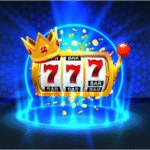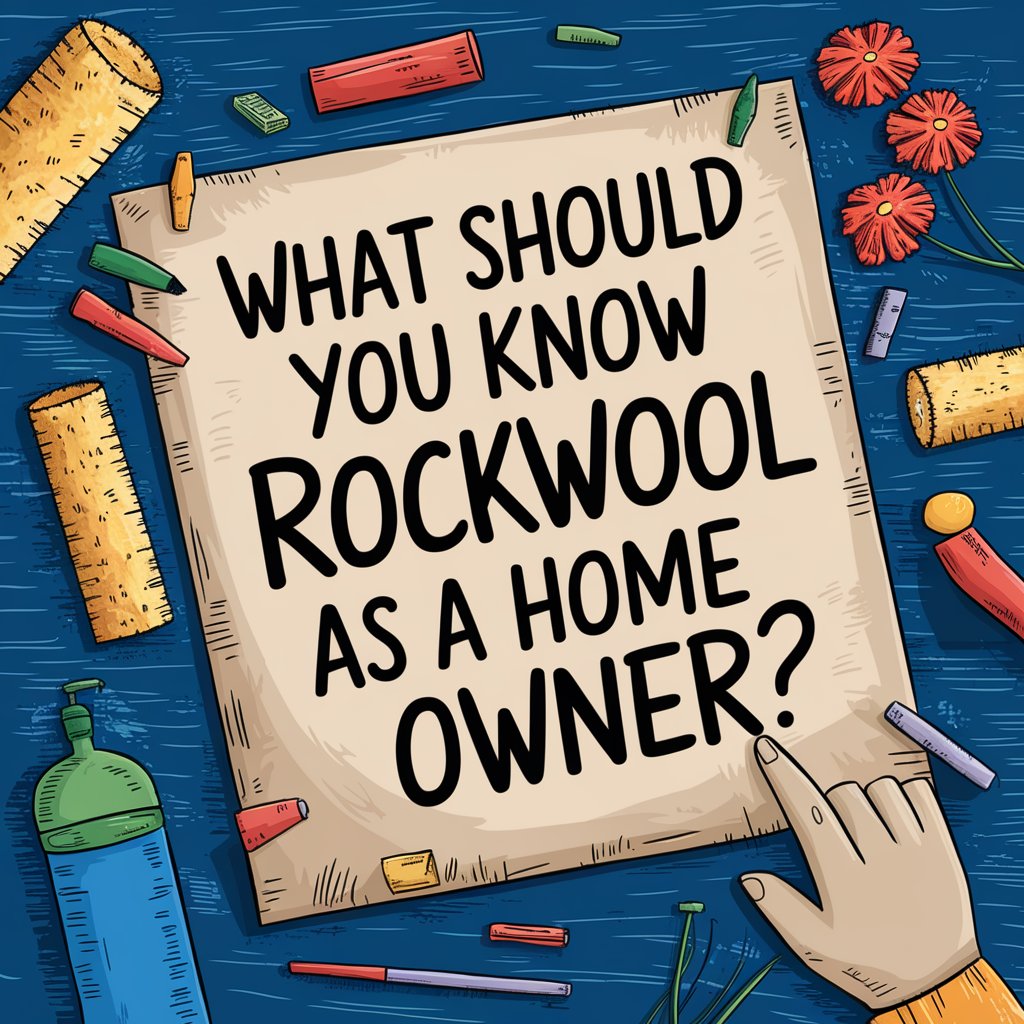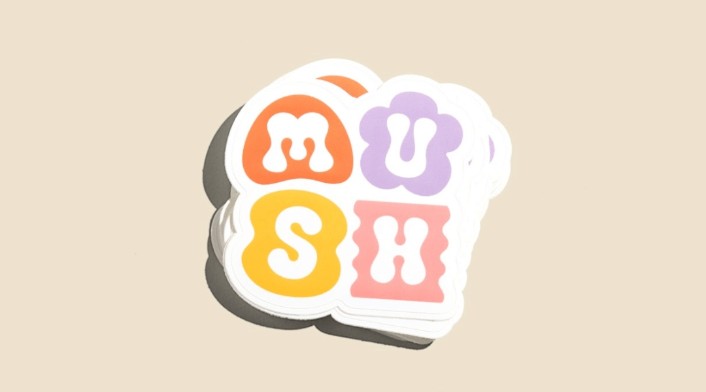Running a small business often feels like spinning a dozen plates at once. You’re managing operations, keeping customers happy, staying on top of finances—and somewhere in the middle of all that, you’ve got to make sure your employees feel appreciated and motivated.
Employee recognition isn’t just a “nice to have.” In small businesses especially, where each team member wears multiple hats and plays a vital role, acknowledging their efforts can make a noticeable difference in morale, retention, and day-to-day performance.
But let’s be real: creating and managing an employee rewards program can sound like a time-consuming project, especially when you’re already juggling so much. The good news? You don’t need a fancy system or a big HR department to make your team feel seen. Thanks to digital tools and a little strategy, you can build a program that’s consistent, meaningful, and easy to manage—without adding more stress to your plate.
Why Employee Rewards Matter (Especially for Small Teams)
In a big company, people might feel like just another cog in the machine. But in a small business, every person counts. When someone goes above and beyond, it impacts the entire business. And when they don’t feel appreciated, it shows—sometimes in subtle ways like quiet disengagement, and other times through turnover.
Recognition is about more than giving out gift cards or bonuses. It’s about reinforcing the kind of behaviors and values that keep your business moving forward: reliability, teamwork, creativity, and ownership. A well-thought-out rewards program for small business teams supports that culture—and shows your people you notice the hard work.
What Makes an Employee Rewards Program Work?
It doesn’t have to be complex or cost a lot. In fact, some of the best programs are simple, thoughtful, and consistent. Here’s what to focus on:
1. Be Clear About What’s Being Recognized
Whether it’s hitting a sales goal, stepping up during a busy week, or helping a teammate, define what types of contributions are rewarded. This helps set expectations and reinforces your team values.
2. Mix Immediate Recognition with Long-Term Rewards
Sometimes, a quick shoutout or thank-you in the moment is more powerful than any prize. But long-term rewards—like quarterly bonuses, days off, or milestone gifts—can give employees something to look forward to.
3. Make It Personal
A generic “Great job” doesn’t always land. Try to be specific about what someone did and why it mattered. A personalized note or public appreciation during a team meeting can go a long way.
How Digital Tools Can Help
This is where technology really steps in to take some weight off your shoulders. A good digital rewards or recognition tool can help you:
- Track performance and milestones (so no one’s efforts slip through the cracks)
- Allow peer-to-peer recognition (great for team morale)
- Create a points or tiered reward system (like earning credits toward a prize)
- Automate anniversary or birthday celebrations
- Keep everything in one place—so rewards and feedback aren’t scattered across emails or forgotten in notebooks
These tools are especially helpful for busy owners or managers who want to stay organized and consistent without manually running the program every week.
And while some platforms offer robust features like surveys, analytics, and manager dashboards, others focus more on simplicity—just a quick way to send kudos or reward someone for a job well done.
Types of Employee Rewards That Actually Matter
Small business budgets might not allow for big bonuses or lavish gifts, but you’d be surprised how far thoughtful, well-timed rewards can go. Here are some ideas that balance impact and affordability:
Low-Cost, High-Impact Rewards
- Extra time off or leaving early on a Friday
- Personalized thank-you notes
- Public shoutouts in team meetings or group chats
- A favorite snack, coffee, or treat
- Employee of the Month recognition (with a fun twist—like picking the playlist or team lunch spot)
Mid-Level Options
- Gift cards to local businesses
- Online learning or development courses
- Small bonuses or profit-sharing opportunities
- Team outings or lunch on the house
Long-Term Recognition
- Celebrating work anniversaries or personal milestones
- Advancement opportunities or leadership roles
- Recognition in front of senior leadership (if applicable)
The goal isn’t just to hand out rewards, but to create a culture of recognition—where people feel seen for their efforts and motivated to keep growing.
Celebration events are perfect opportunities to honor these achievements. Commissioning bespoke employee custom awards creates lasting symbols of appreciation that employees are proud to display. These tangible awards complement digital shoutouts and points programs, making recognition both meaningful and memorable.
Best Practices to Keep Your Rewards Program Running Smoothly
Even the most well-intentioned program can fall flat if it’s not consistent. Here are a few tips to keep things running without overwhelm:
- Keep a simple tracking system—Use a shared document or digital tool to note accomplishments, recognition, and rewards.
- Schedule regular check-ins—Make space once a month (or quarter) to reflect on who’s been doing great work.
- Let your team be part of it—Encourage peer nominations or shoutouts. Sometimes employees notice things that managers don’t.
- Get feedback—Ask your team what kinds of rewards or recognition they actually value. You might be surprised!
Final Thoughts
You don’t need a massive HR department or a big company budget to make your employees feel valued. With a little structure and the help of some easy-to-use digital tools, small businesses can build an employee rewards program that boosts morale, strengthens culture, and makes people excited to show up every day.
Start small. Be consistent. Make it personal. Because when your team feels appreciated, they’re not just happier—they’re more invested in the success of your business. And that’s something worth recognizing.



